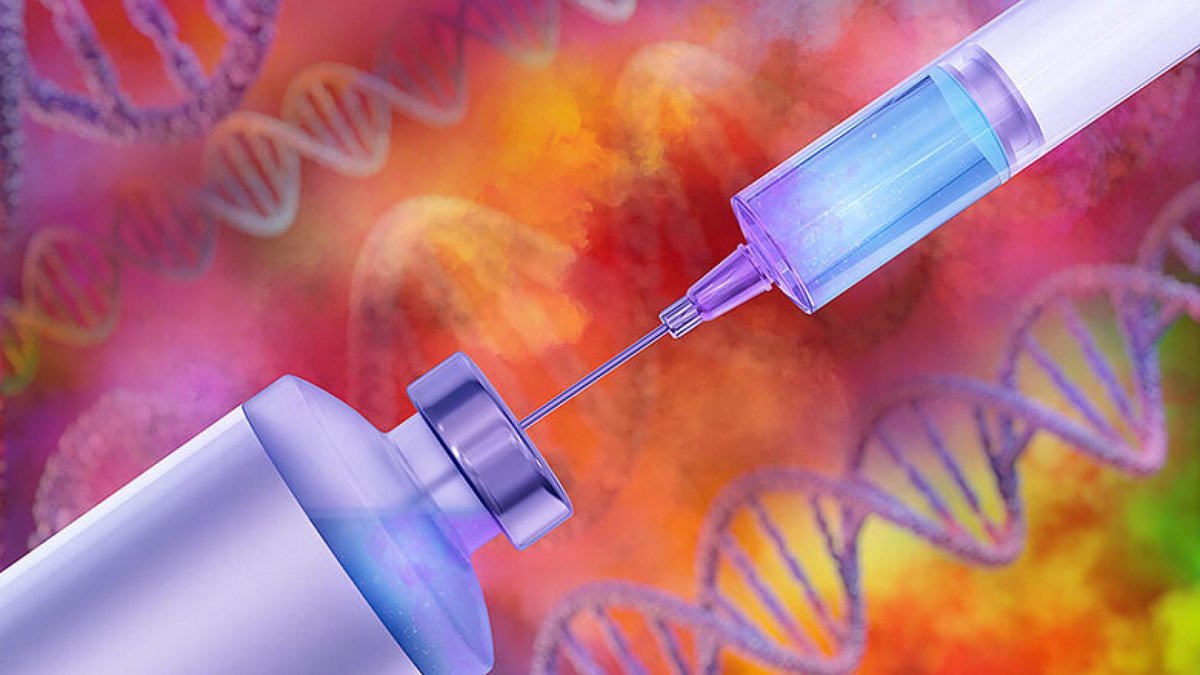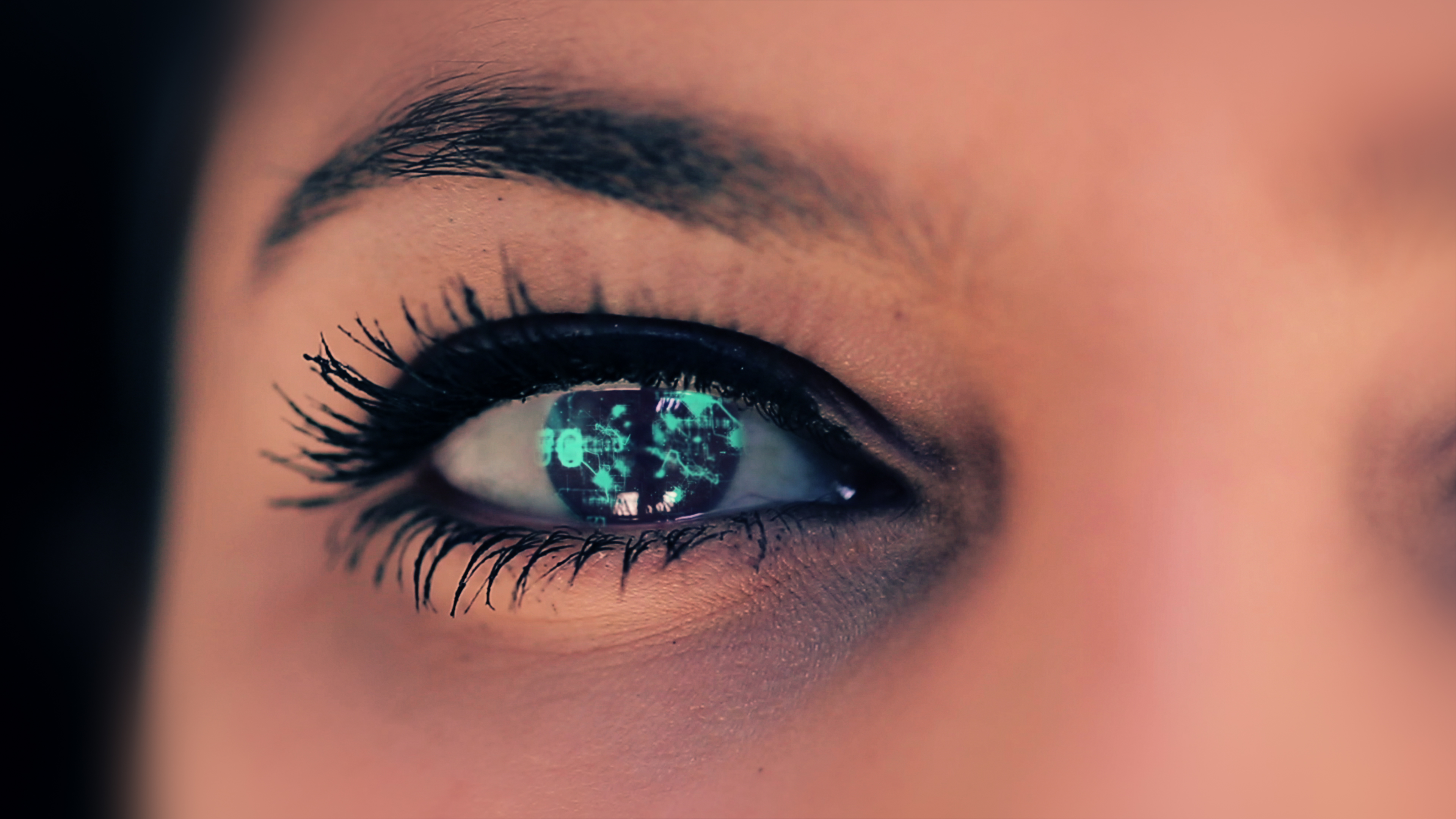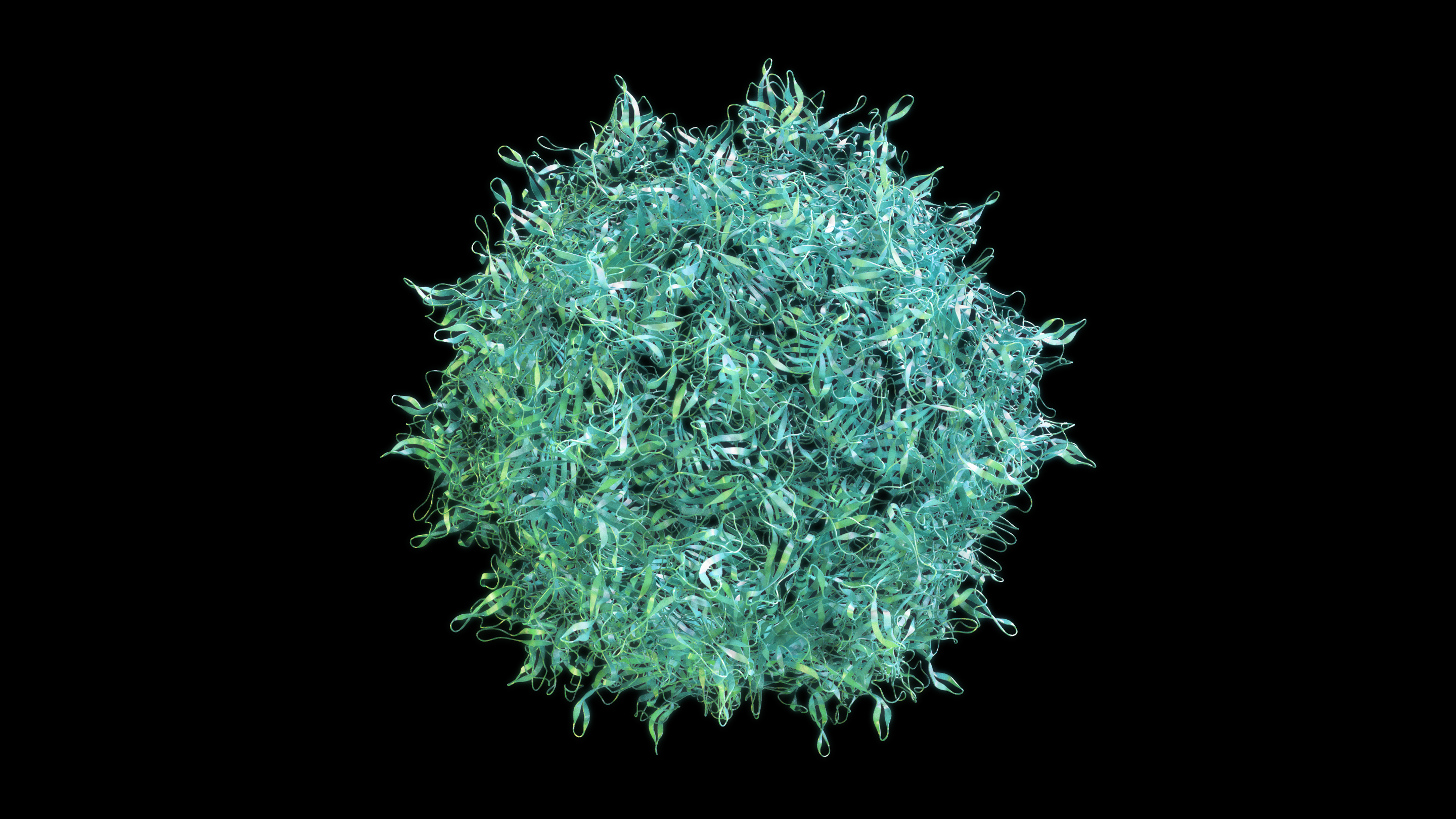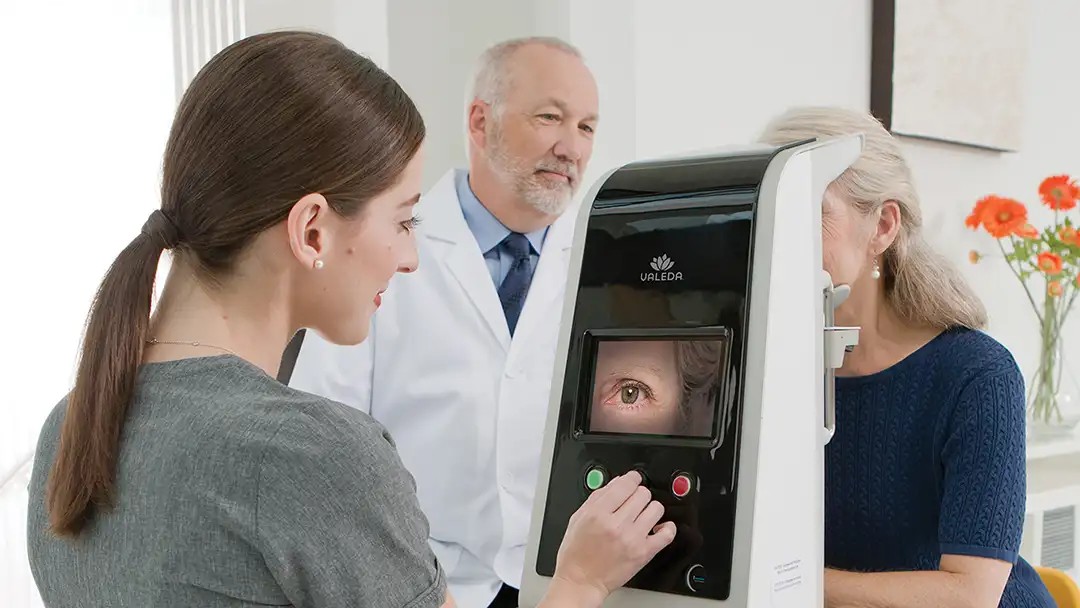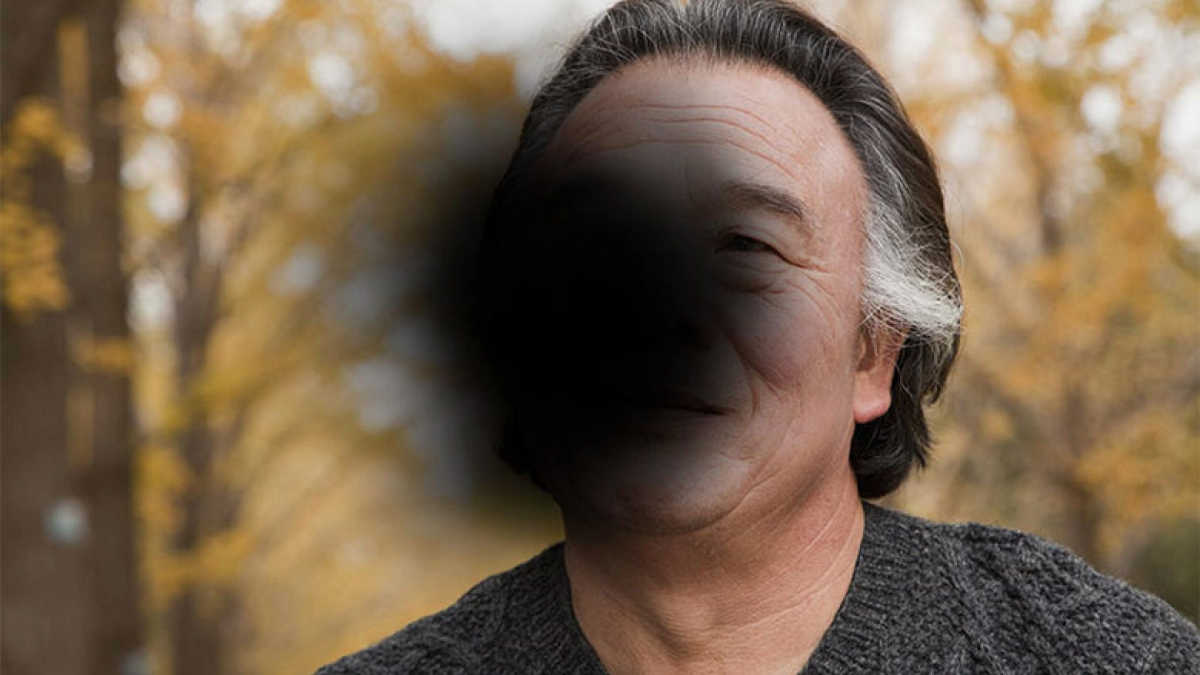
Learn about the early and advanced symptoms of dry age-related macular degeneration (AMD) and a simple home test for monitoring changes in your vision.
People often wonder what symptoms would be caused by dry AMD. The answer is that they’re subtle in the early stages of the disease. AMD is painless, so any pain in or around the eye would not be caused by AMD and would not be a sign of AMD progression.
People with early, dry AMD have small deposits under the retina called drusen. This is a German word that means “pebble.” If the drusen lift the retina enough, they can cause some small areas of visual distortion. The best way to see that is by looking at a piece of graph paper and noticing if any of the lines look wavy or interrupted.
There’s a special grid designed for this purpose called an Amsler grid. The grid should be viewed with reading glasses on, held at a comfortable reading distance, and one eye should be tested at a time while the other eye is closed or covered. Any changes in the appearance of the grid could also represent wet AMD (see the article on Symptoms of Wet AMD), so they should be reported promptly to an ophthalmologist.
Also, the ForeseeHome Monitor® from Notal Vision® is the first FDA-cleared device for patients with dry AMD to monitor the disease at home. It is now a Medicare-covered service for patients enrolled in Medicare across the U.S., and who meet the eligibility criteria for dry AMD at high risk for converting to wet AMD.Another symptom that may accompany early dry AMD is delayed dark adaptation. This can make it difficult to see for a few minutes when entering a dark room, like a move theatre.
Decreased contrast sensitivity can also occur with early AMD. This could be noticed if it’s difficult to read letters that are printed on a similar shade background. Diminished contrast sensitivity can be improved in some people by using yellow-tinted glasses.
People with dry eye sometimes ask if they also have dry AMD. While these conditions sound similar, they are not related. Dry eye is caused by deficient tears coating the surface of the eye, on the cornea. This is not related to — and does not cause — dry AMD, which affects the retina in the back of the eye.
People with late or advanced dry AMD have an area in the macula where the light-sensitive cells of the retina, the photoreceptors, have died. This condition is also called geographic atrophy. This causes a blind spot near the center of the visual field. People can learn to use the remaining photoreceptors by looking at the side of objects or words rather than at their center. The blind spot can enlarge slowly over the years to block the central vision, but very rarely affects the peripheral, or side vision. Much research is focused on preventing blind spot enlargement, including several ongoing clinical trials.
About BrightFocus Foundation
BrightFocus Foundation is a premier global nonprofit funder of research to defeat Alzheimer’s, macular degeneration, and glaucoma. Since its inception more than 50 years ago, BrightFocus and its flagship research programs—Alzheimer’s Disease Research, Macular Degeneration Research, and National Glaucoma Research—has awarded more than $300 million in research grants to scientists around the world, catalyzing thousands of scientific breakthroughs, life-enhancing treatments, and diagnostic tools. We also share the latest research findings, expert information, and resources to empower the millions impacted by these devastating diseases. Learn more at brightfocus.org.
Disclaimer: The information provided here is a public service of BrightFocus Foundation and is not intended to constitute medical advice. Please consult your physician for personalized medical, dietary, and/or exercise advice. Any medications or supplements should only be taken under medical supervision. BrightFocus Foundation does not endorse any medical products or therapies.
- Clinical Trials
- Eye Tests
- Perspectives



